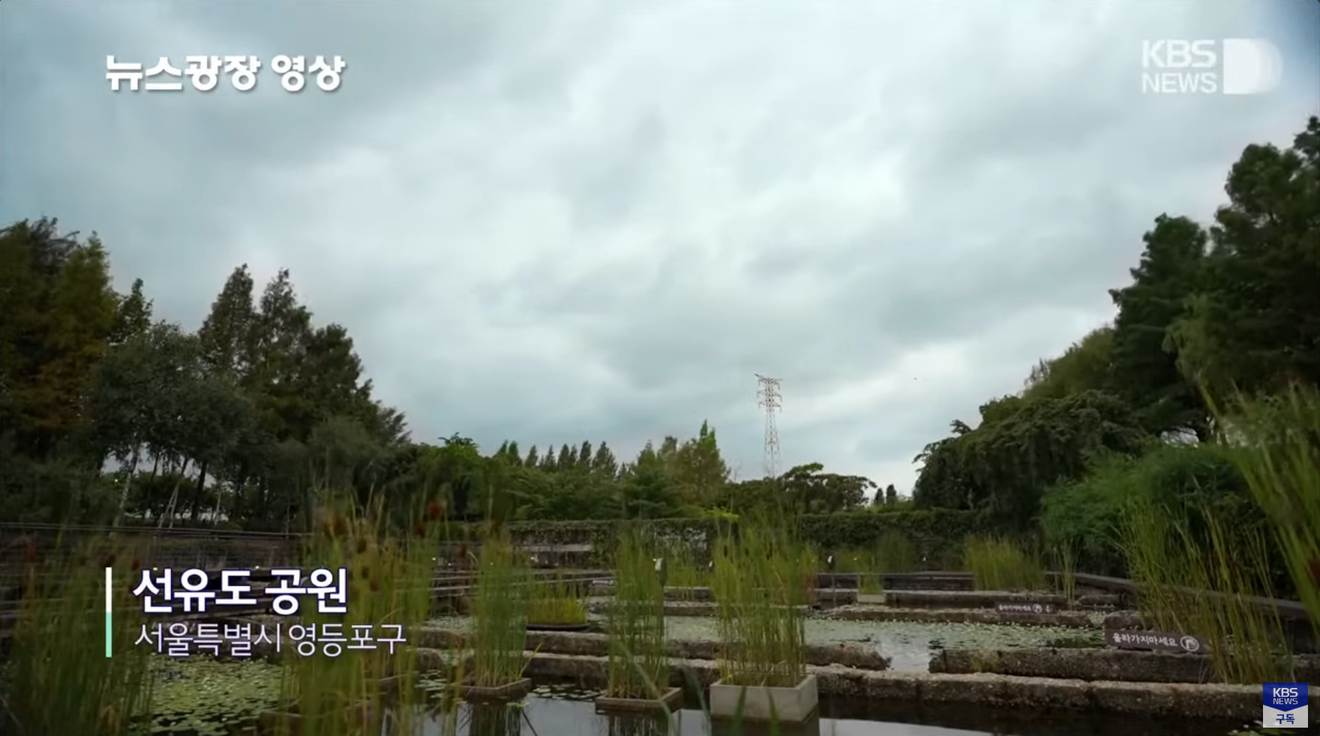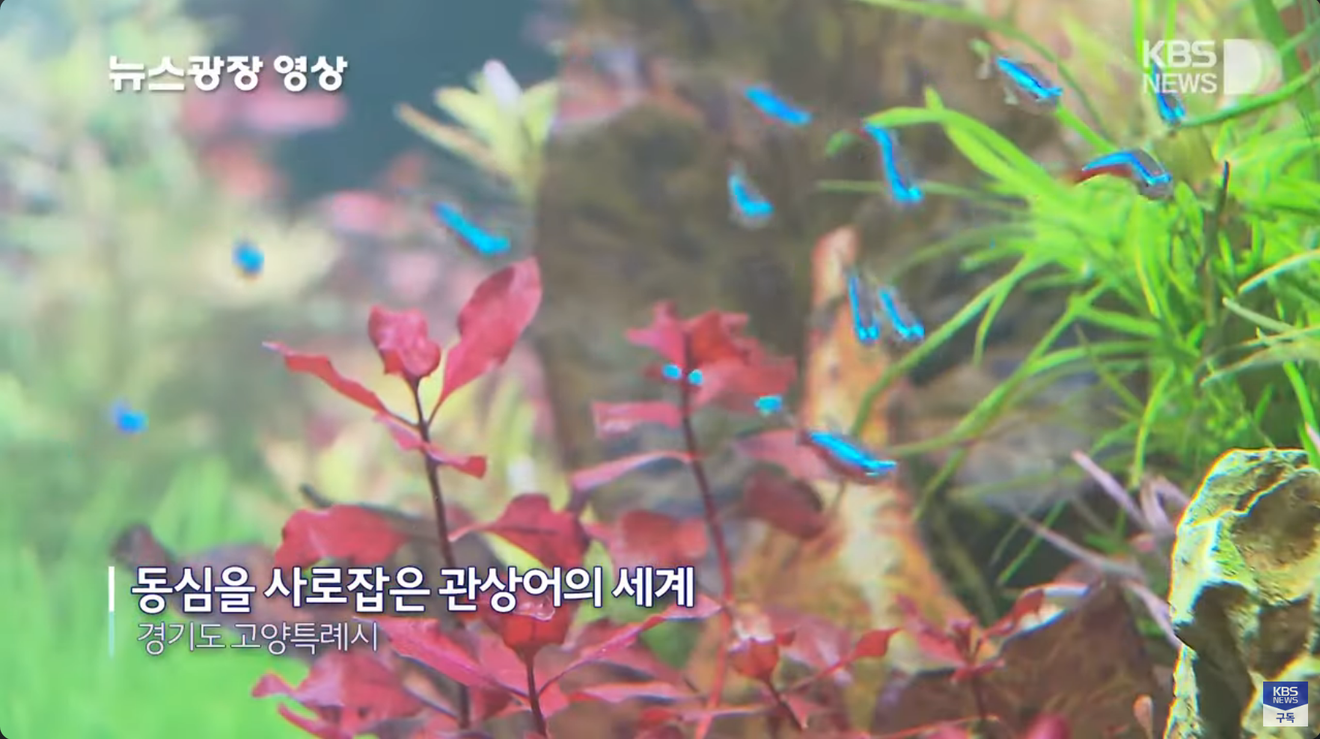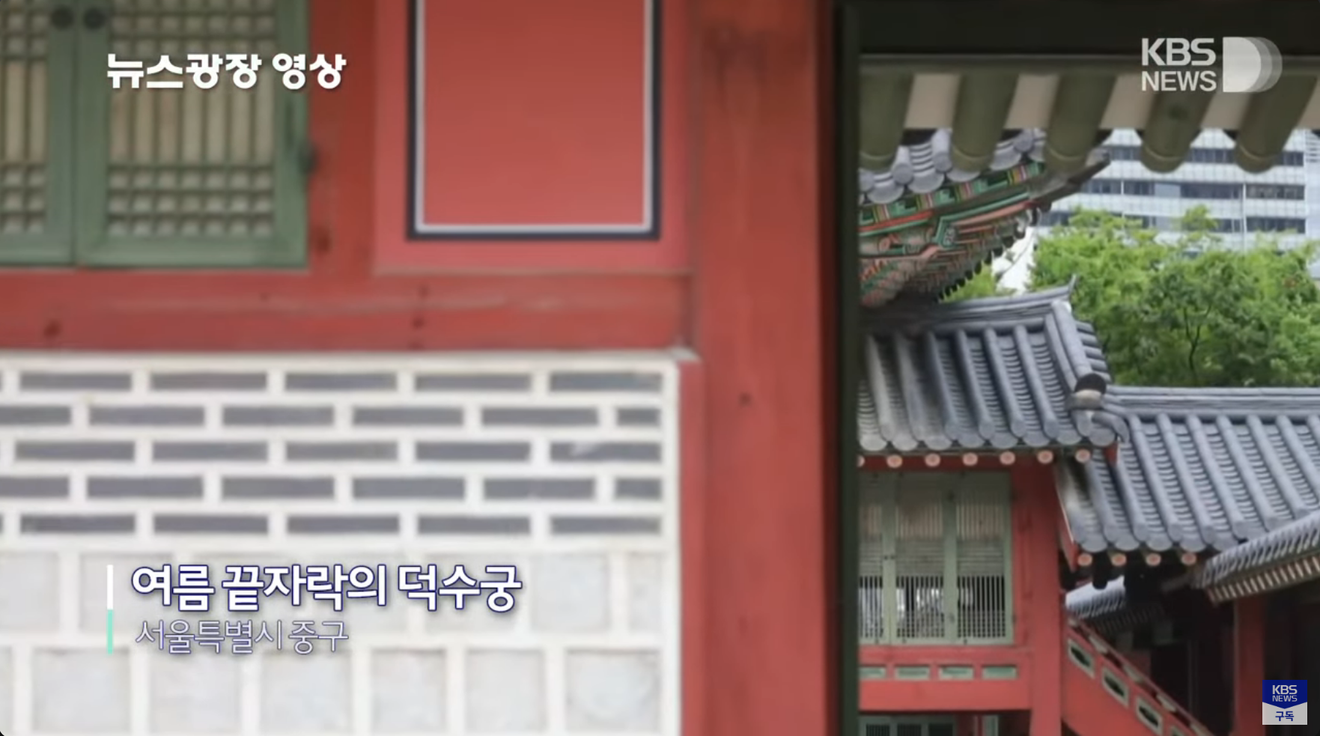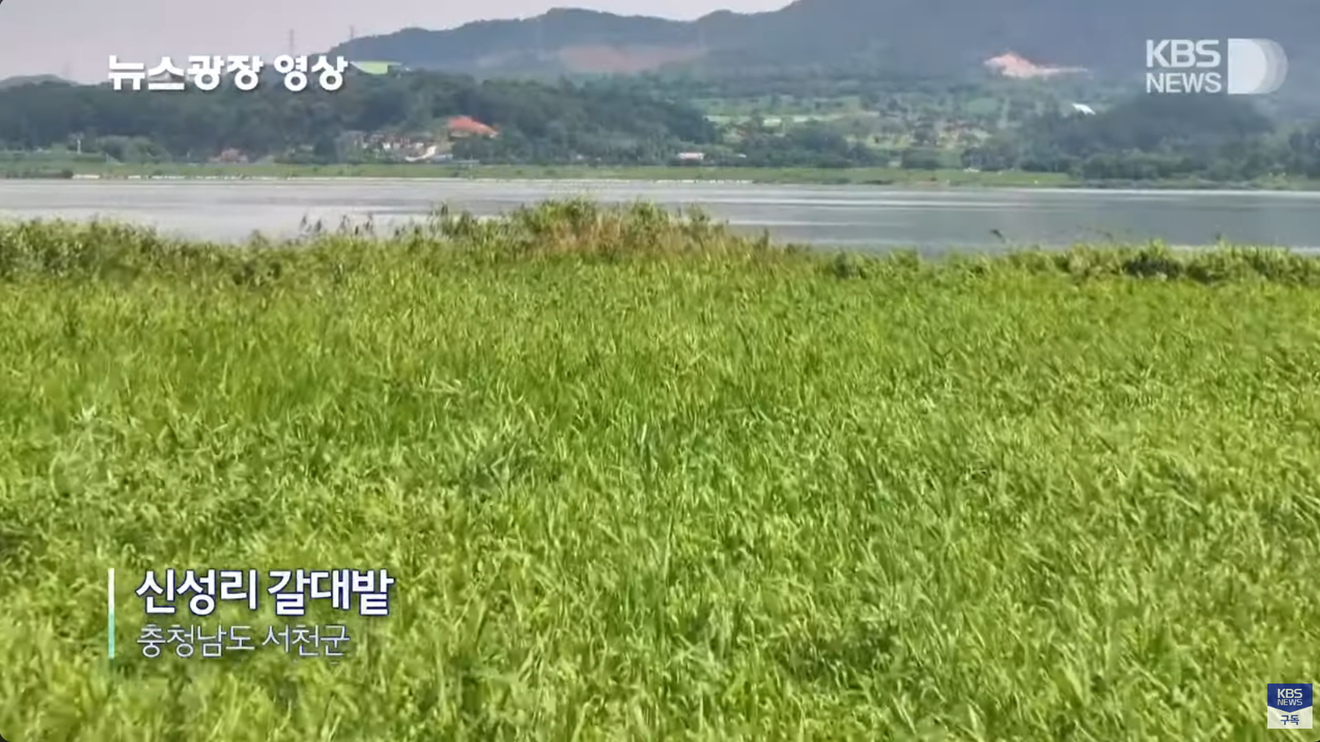Subject
- #K-Content
- #August
- #KBS News Plaza Video
- #Domestic Travel
- #20-second video
Created: 2024-08-31
Created: 2024-08-31 13:59
The scorching heat has finally subsidedKBS News Plaza video for the 5th week of Augustfeatured many locations in and around Seoul.
Seonyudo Park, in particular, is spacious and ideal for leisurely walks, making it an even more appealing destination as the weather cools down.

Source: KBS
It is the first water park in Korea, built by repurposing the architectural structures of a former water purification plant.
It offers a great environment to enjoy nature, including the Water Purification Garden, Aquatic Plant Garden, and Ecological Forest,
and features well-maintained attractions and rest areas such as the Han River Exhibition Hall and the Garden of Time.
In addition to diverse spaces and sculptures, various hands-on programs and exhibitions for citizens are held regularly,
so it's a good idea to check in advance before visiting.
(Source: Korea Tourism Organization)

Source: KBS
This aquarium, which opened on April 10, 2014, is the fourth aquarium to be opened by Hanwha Aquaplanet, following Aquaplanet 63, Aquaplanet Yeosu, and Aquaplanet Jeju, and is located in Goyang-si, Gyeonggi-do.
It aims to disseminate the 'value of marine culture' and raise public awareness of the 'preservation of the ecosystem' by showcasing the diverse marine ecosystems that are not easily accessible in daily life.
It is one of only two aquariums in Korea that has walruses, and its mascot is the walrus, 'Merry'.

Source: KBS
Address: 99, Sejong-daero, Jung-gu, Seoul
Originally the residence of King Seongjong's older brother, Prince Wolsan (1454-1488), it was used as a temporary royal residence (haenggung) starting in 1593 after all the royal palaces were burned down during the Imjin War in 1592.
King Seonjo stayed at Deoksugung Palace after returning to Hanyang from his refuge in Uiju.
King Gwanghaegun, who succeeded King Seonjo, acceded to the throne at this temporary palace in 1608 and renamed it Gyeongungung in 1611.
He used it as a royal palace for seven years before moving to Changdeokgung Palace in 1615, and only Queen Inmok, the second wife of the late King Seonjo, was confined to this palace.
In 1623, King Injo ascended the throne in Jeongjodang after King Gwanghaegun was deposed by the Injo Rebellion, and after moving to Changdeokgung Palace,
it served as a secondary palace for 270 years.
In 1897, Emperor Gojong returned from the Russian Legation and began using it as the royal palace again,
at which time it was once again called Gyeongungung and its size was expanded.
Even after Emperor Gojong abdicated to Emperor Sunjong in 1907 and moved the royal palace to Changdeokgung Palace, he continued to reside here,
and from then on it was called Deoksugung Palace, with the hope that it would contribute to Emperor Gojong's longevity.
Deoksugung Palace is particularly noteworthy as the place where Emperor Gojong, the unfortunate emperor of the late Joseon dynasty, was forced to abdicate under Japanese pressure and spent the remaining years of his life.
It is believed that he was poisoned to death by the Japanese in Hamnyeongjeon Hall of Deoksugung Palace on January 22, 1919, and this became a direct catalyst for the March 1st Independence Movement.
(Source: Korea Tourism Organization)

Source: KBS
Located where the Geum River meets the Yellow Sea, this reed bed is one of the four largest reed beds in Korea.
Its beautiful scenery has been used as a filming location for numerous works, including the film <Joint Security Area> and the drama <Kingdom>.
It also serves as a wintering ground for migratory birds such as whooper swans and mallards, making it a popular spot for nature study and photography.
The completion of the Geum River Barrage in 1990 resulted in the creation of a large freshwater lake nearby, leading to an increase in the number of wintering birds.
It displays different colors and charms in each season, including a bluish hue in summer.
Observing the 'Galge' crabs (named for living in the reed beds) that inhabit the reed forest is another enjoyable activity.
There is a Reed Experience Center at the entrance where visitors can learn more about reeds
and gain insights into the appearance and uses of the reed beds before they were converted into farmland.
This area belongs to Hansan-myeon, Seocheon-gun, and Hansan is also known for its ramie, making a visit to the Hansan Ramie Museum worthwhile.
Hansan Market, Hansan Fortress, and Geonji Fortress are also located nearby.
(Source: Korea Tourism Organization)
Comments0